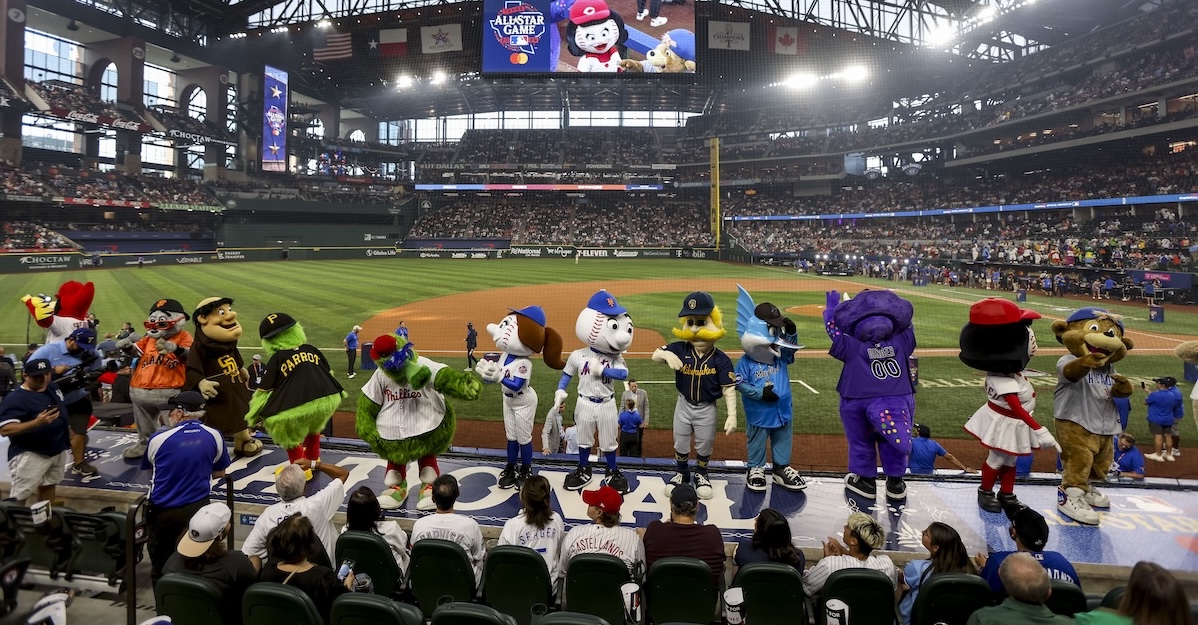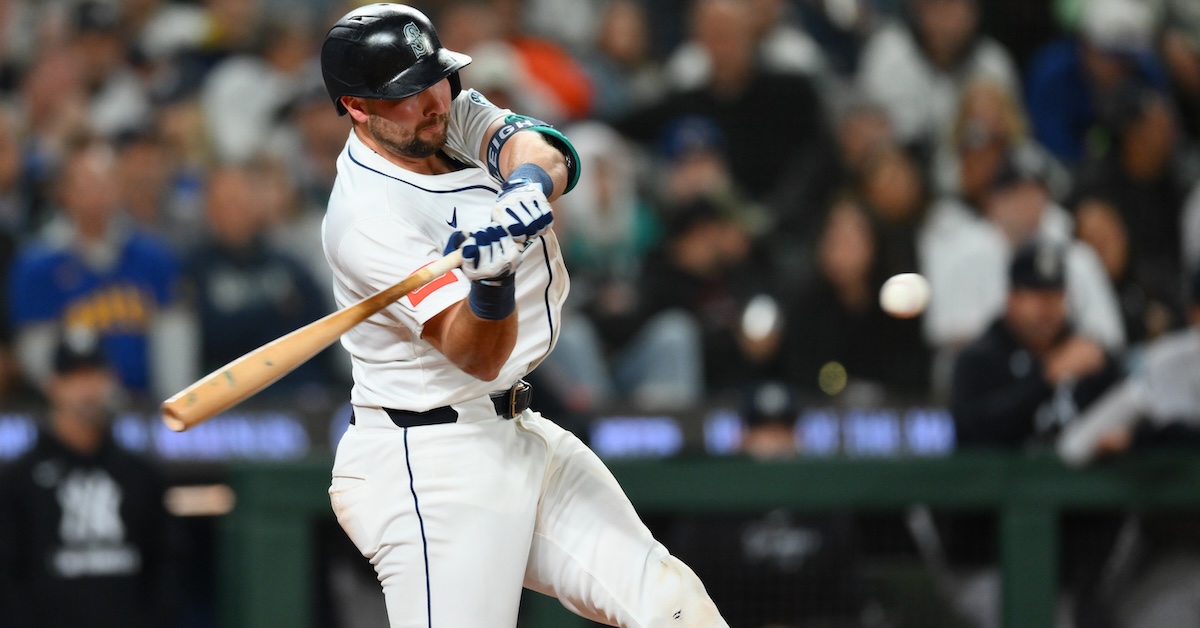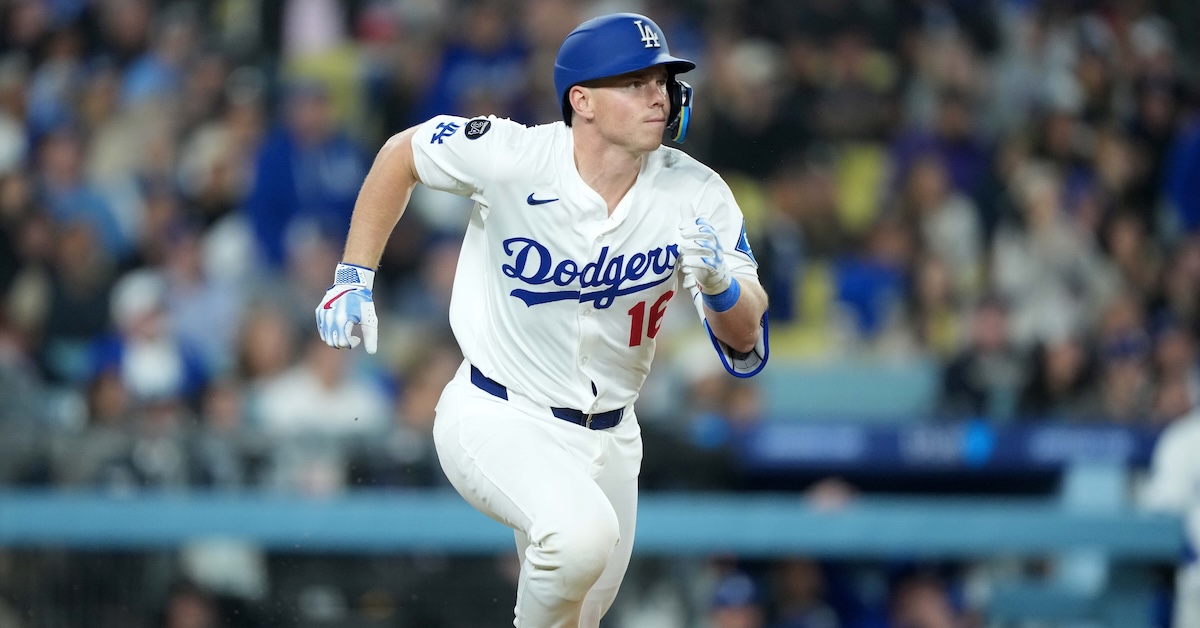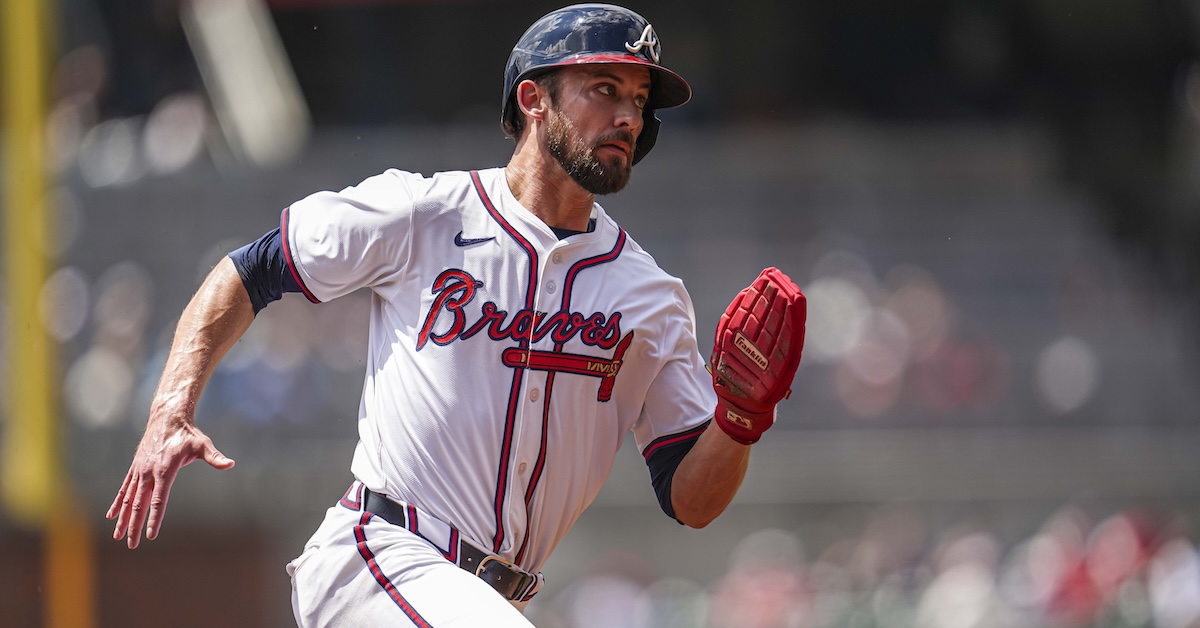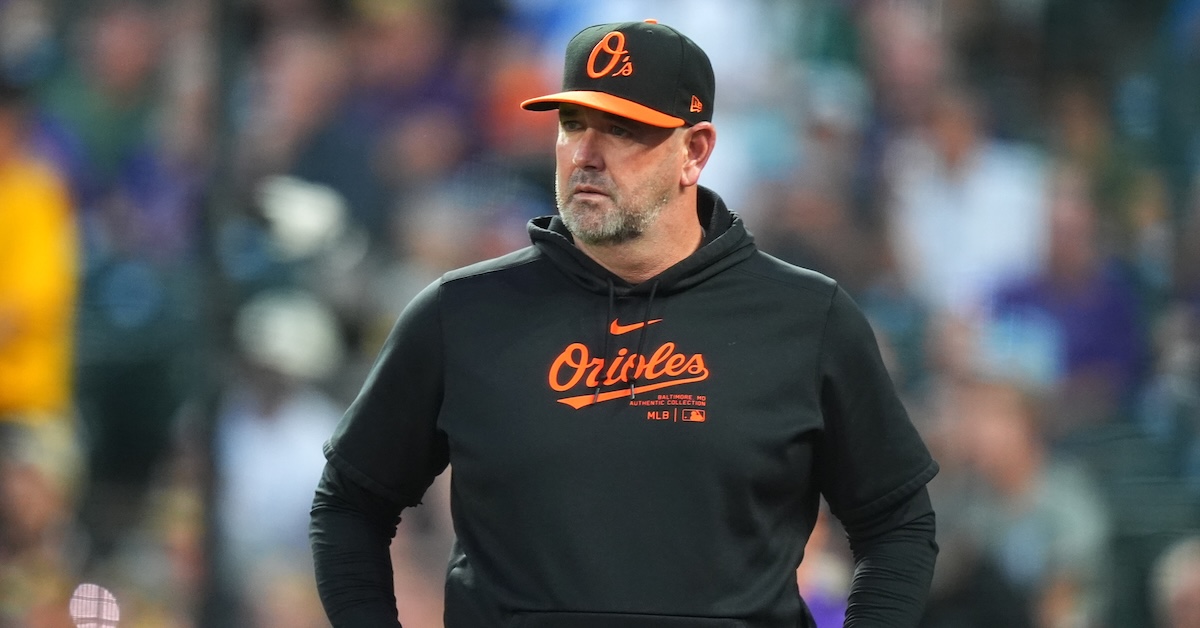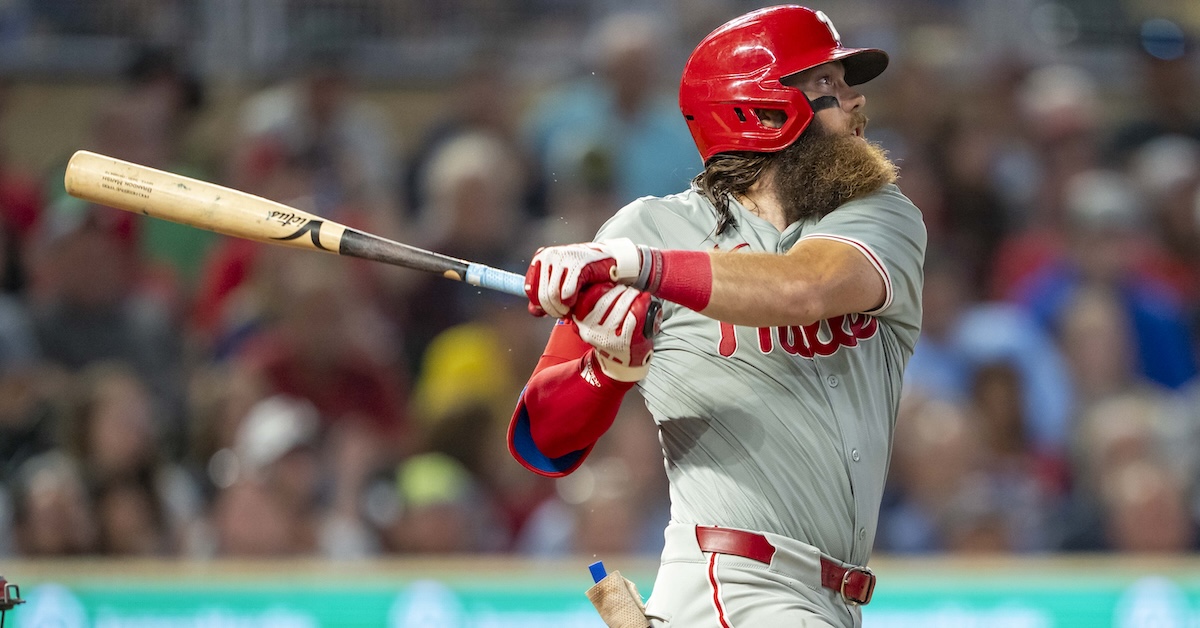Austin Riley Addresses His 2017 FanGraphs Scouting Report
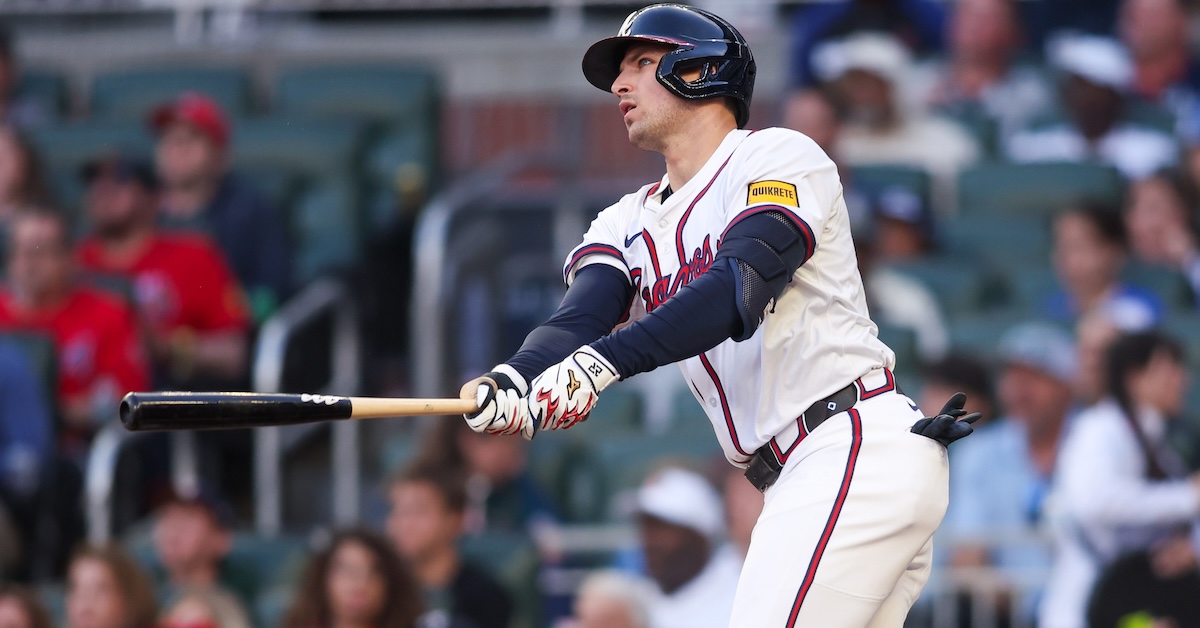
Austin Riley was relatively raw when our 2017 Atlanta Braves Top Prospects list was published in February of that year. Six weeks short of his 20th birthday, he was coming off of a Low-A season in which he logged 20 home runs and a 124 wRC+, but also fanned 147 times. With lingering concerns about both his contact profile and conditioning, Eric Longenhagen conservatively ranked Riley no. 28 in a then-strong Atlanta system.
Riley has obviously gone on to have a highly successful career. Since debuting with the Braves in May 2019, Riley has put up a 124 wRC+ and 19.9 WAR across parts of seven seasons, slugged 30-plus homers in three different years, and made a pair of All-Star teams. A mainstay in the middle of Atlanta’s lineup, the 41st-overall pick in the 2015 draft out Southaven, Mississippi’s DeSoto Central High School has developed into one of the senior circuit’s top sluggers.
What did Riley’s 2017 FanGraphs scouting report look like? Moreover, what does he think about it all these years later? Wanting to find out I shared some of what our lead prospect analyst wrote and asked Riley to respond to it.
———
“Riley began the year struggling with any sort of velocity and then improved the timing of his footwork, quieted his hands and started hitting. Late in the year, he was turning on plus velocity.”
“Very accurate,” Riley said. “Coming out of high school, I hadn’t seen velo a lot, and I kind of had a lot going on with my swing. I needed to make some adjustments. Being a bigger guy, a power guy, it was kind of, ‘All I have to do is touch the ball, get a barrel to the ball.’ It was one of my first steps in learning how to shorten everything up and just get a barrel to it. From there, good things happen.”
“He has plus raw power (at least) and has improved his body composition since high school (when he was a heavy 230). But at just 19, with some general stiffness to his actions, Riley is pretty likely to kick over to first base as he matures.” Read the rest of this entry »
